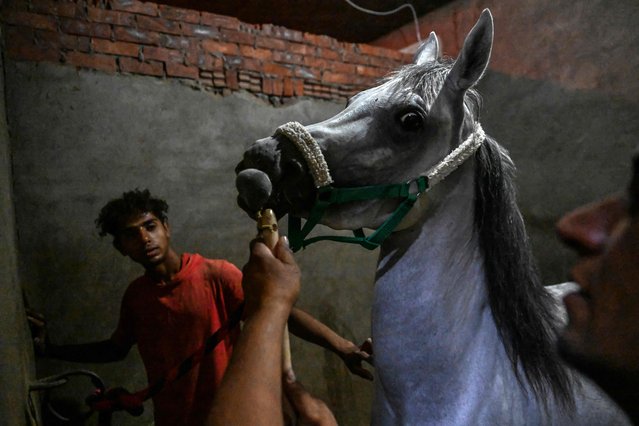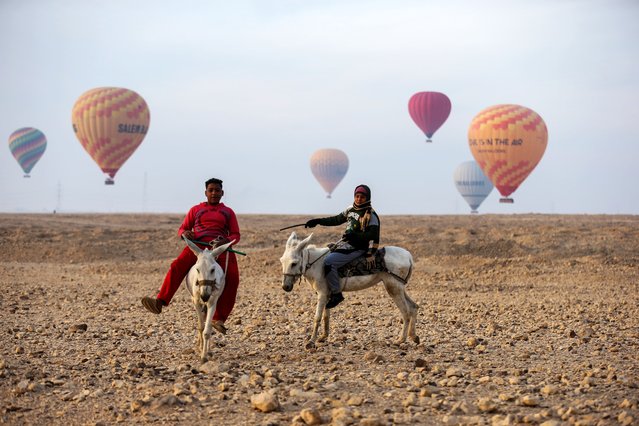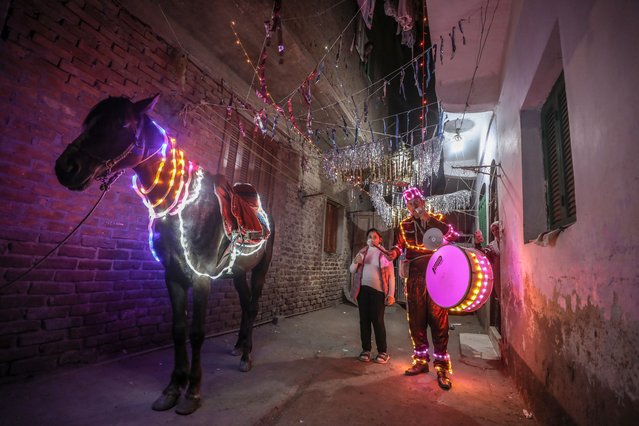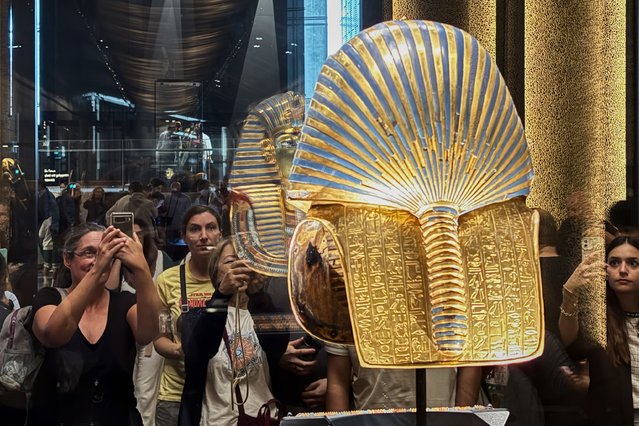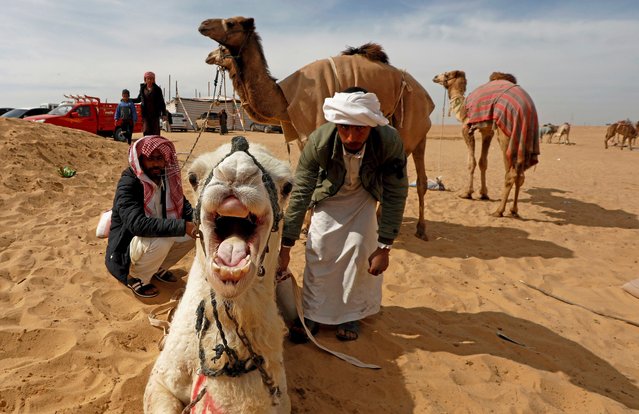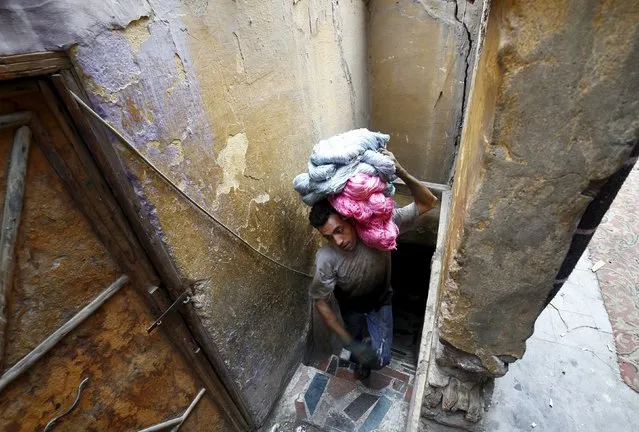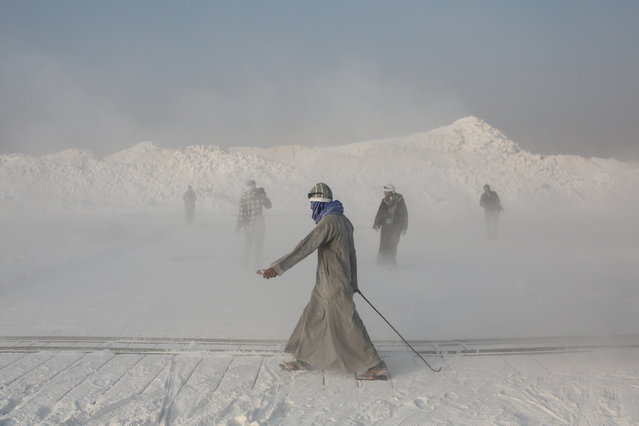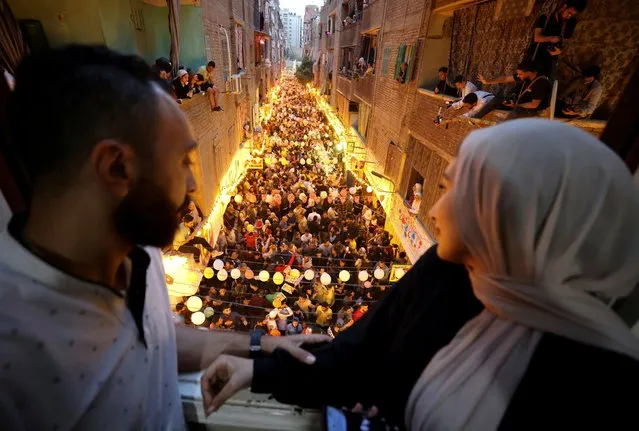
Residents of Ezbet Hamada in Cairo's Mataria district gather to eat Iftar, the meal to end their fast at sunset, during the holy fasting month of Ramadan in Cairo, Egypt on April 6, 2023. (Photo by Mohamed Abd El Ghany/Reuters)
15 Apr 2023 03:26:00,post received
0 comments

